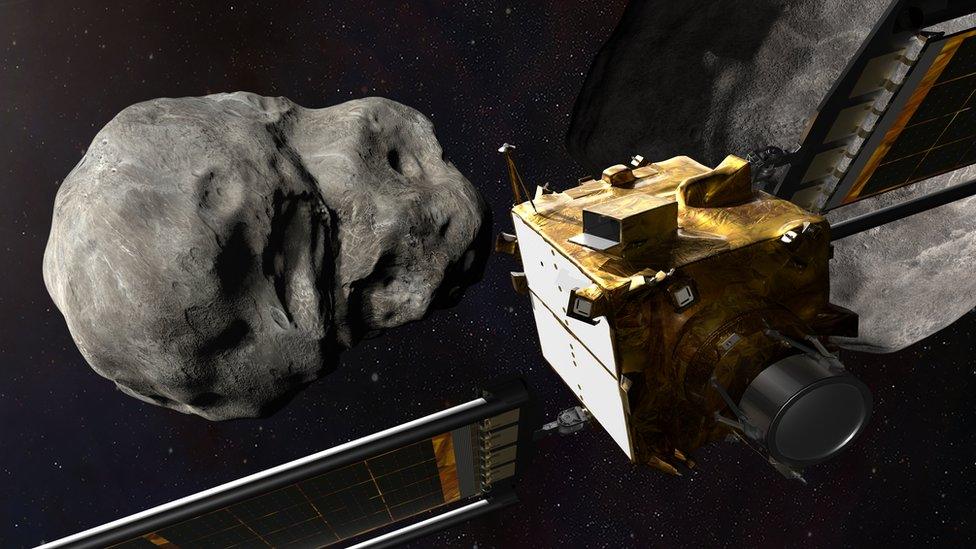Geminid meteor shower 2024: When is it? How can I see it?
- Published
- comments

One of the most dazzling meteor showers of the year is set to light up the sky later this week.
With up to 150 meteors expected to be visible per hour, the Geminids are said to be one of the most impressive events in the sky's calendar.
They also vary in colour, which makes them one of the most beautiful showers too.
This year, they will be visible from 4 until 20 December, but in the UK they will peak in the early hours of Saturday 14 December.
Here's everything you need to know about the Geminids and how best to see it!
What is the Geminid Meteor Shower?
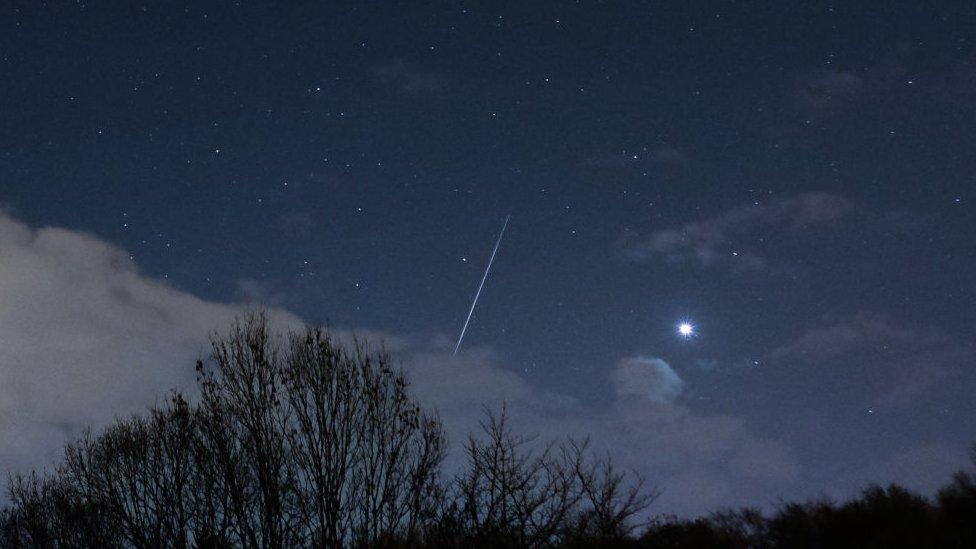
The Geminid meteors travel at around 80,000 miles per hour!
Meteors are small space rocks ranging from the size of a grain of sand to a pea.
As they enter the Earth's atmosphere they burn up, producing a bright streak of light.
Most meteors break off from comets, which are dirty "snowballs" mainly made of ice, but the Geminids are different.
Along with the Quadrantids, the Geminids are the only major meteor showers not originating from a comet.
The beautiful streaks we see in the night sky can actually be caused by particles as small as a grain of sand.
Geminids were first observed in 1862, much more recently than other showers such as the Perseids and Leonids.
The Geminids are thought to be intensifying every year.
Source: Royal Museums Greenwich
The object they come from - the 3200 Phaethon - is more like an asteroid.
As it orbits the Sun, the heat of the Sun causes surface material to crumble, before it tumbles off into space, leaving a trail of rocky debris behind it.
The Earth passes through this trail every single year and we see them glow as the rock burns up in the Earth's atmosphere. So they look a bit like a cloud of shooting stars.
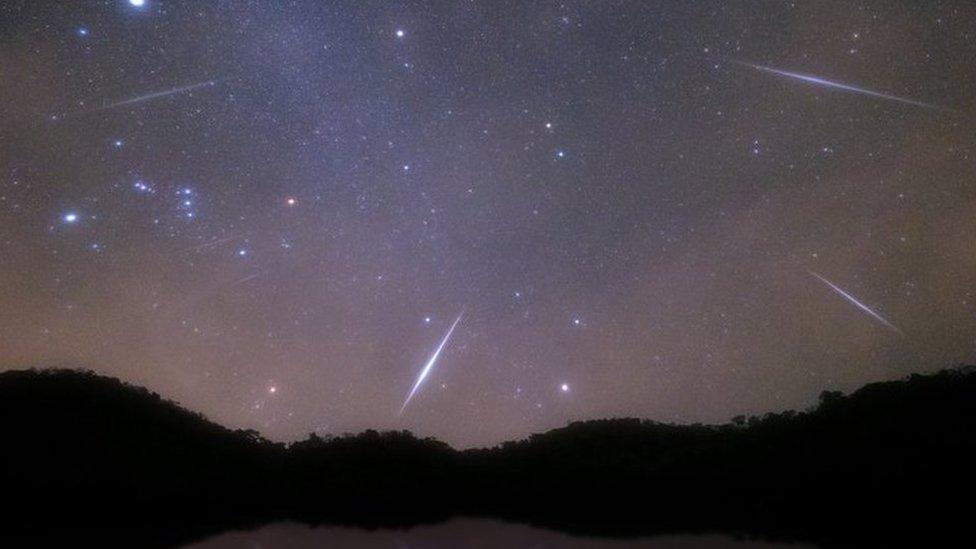
The meteors are mainly white - but can also be yellow, green, red and blue
The meteors are very bright and are unusual in that they are multi-coloured - they are mainly white, but can also be yellow, green, red and blue.
These colours are partly caused by the presence of small amounts of metals such as sodium and calcium - the same elements that give fireworks their different colours.
How can I see the Geminid meteor shower?
How to watch the Geminid meteor shower
You don't need any special equipment to view the meteor shower.
Find a clear space away from street lights or the light coming from your house, as you want to be in the darkest place that you can.
If you're in a big city, the light from the city will likely dazzle them too much so you probably won't be able to see the Geminids.
Give your eyes enough time to adjust to the dark and don't look at your phone, as the brightness from it will affect how your eyes have adjusted to the dark.
Top tips for budding stargazers

You won't need a telescope like this to see the Geminid meteor shower - you should be able to see it with the naked eye
1. Wrap up warm!
2. Turn off all the lights around you.
3. Be patient - it might take a little while to see something special.
4. You'll need to wait for a bit for your eyes to adjust to the darkness.
5. What else can you see? Write down your observations.
Good luck, meteor spotters!
- Published12 October 2022
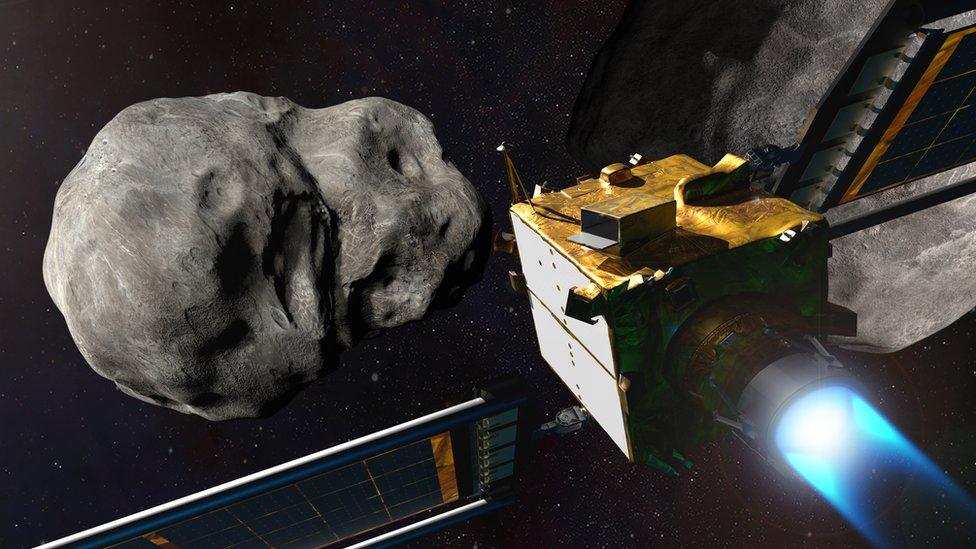
- Published12 December 2022
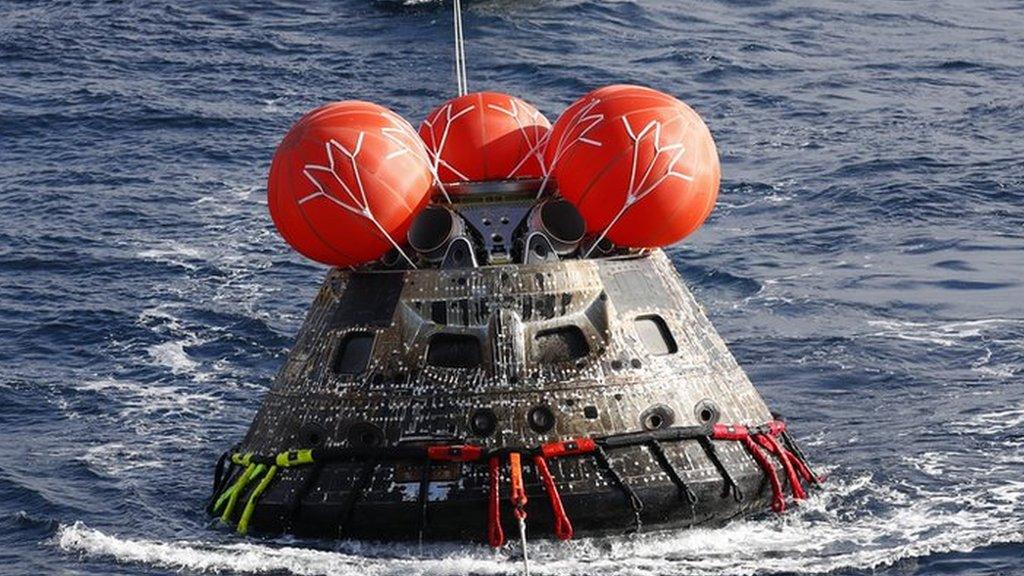
- Published6 January 2022
